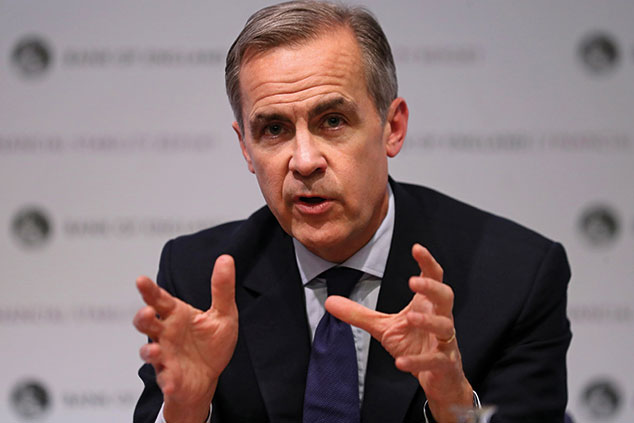
This week, we learned that inflation in the UK, as measured by the Bank of England’s official target rate (the consumer price index – CPI), has fallen to 1.8%. That’s the first time that it has been below the Bank’s target of 2% in two years. Meanwhile the previous target measure – RPI, the retail price index excluding mortgage costs – has fallen back to 2.5%, bang on the old target.
There are plenty of complaints to be made about the official inflation data, of course, but even with its limitations, it is heading lower for now. And with average wages now rising at an annual rate of 3.3% (3.4% if you include bonuses), the increase in people’s pay packets should be convincingly outstripping their living costs. Throw in as a bonus the fact that house prices are now rising at an annual rate of less than 3% (and falling in both London and the north east of England, according to the Office for National Statistics), and it looks like good news all round – homes are becoming gradually more affordable relative to wages, and disposable incomes should be rising too.
Can it continue? Given the gloom surrounding the conversation about Brexit, and signs of a slowdown in growth here, in the US and Europe, you might think not. And yet, given the current focus on the downside (global fund managers are more “overweight” in cash than at any point since 2009, according to the latest Bank of America Merrill Lynch survey), it’s worth at least considering what could go right.
Let’s say Brexit happens (with or without a delay), one way or another, and the world doesn’t end. And say the US and China agree some sort of trade deal. And say it turns out that the latest global growth scare is just that – the same growth scare we’ve had in virtually every first quarter since the financial crisis. It might turn out that the surprise we end up with is that the economy turns out better, not worse, than expected. That could make now a good opportunity to buy any cheap stocks you’ve been eyeing – but it could also mean higher interest rates in the long run, so you might also consider fixing your mortgage rate.
Of course, things might not turn out OK at all (as our columnist David Stevenson fears). In that case you need to go for more defensive investments. That’s where our cover story on pet care comes in. I can’t say I’ve had great experiences with pets (a number of sickly hamsters, an escapologist rabbit, and one truly evil cat), but as people grow wealthier, so the average pet has also seen a huge increase in their standard of living. The good news is that if the economy takes a dip, spending on pets should be resilient – the sorts of people who push their puppies about in prams are not going to trim their dog-food spending as a priority. And if it keeps going the way it is now – well, pet owners will have more money to splurge on their fluffy friends.